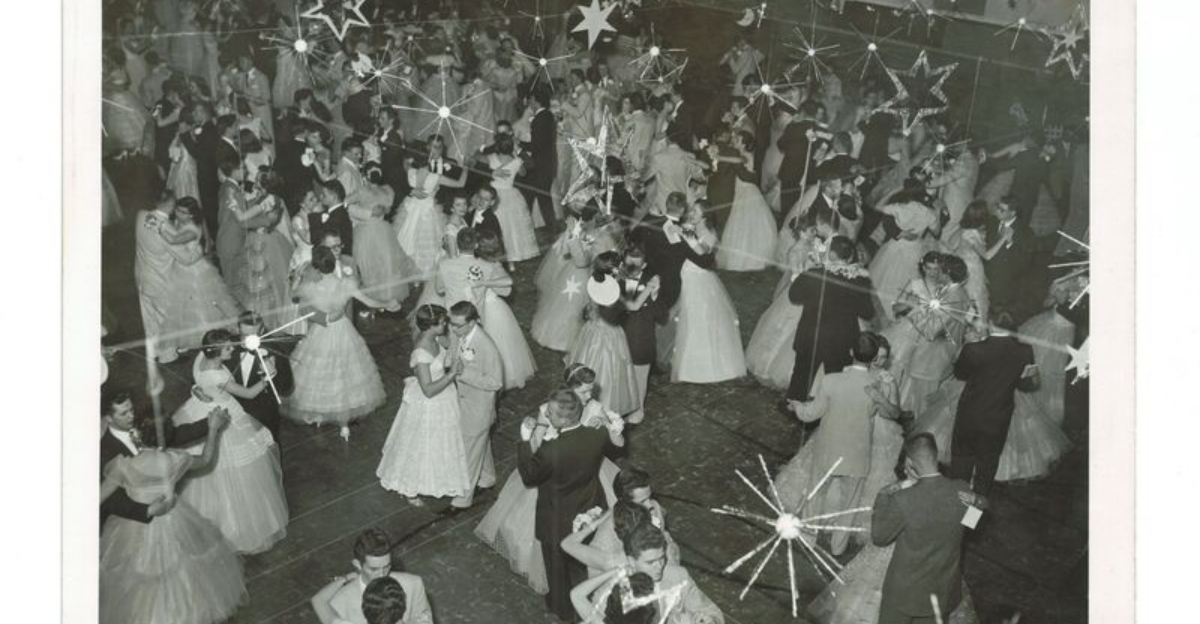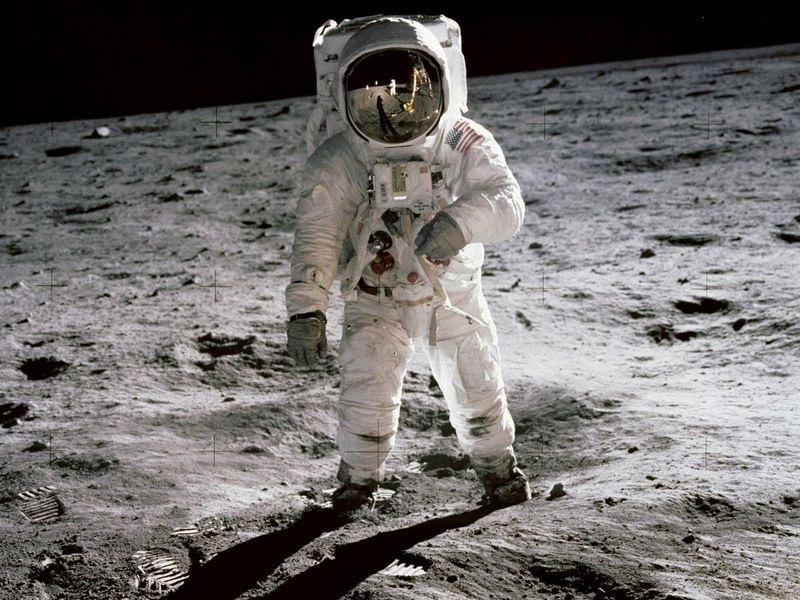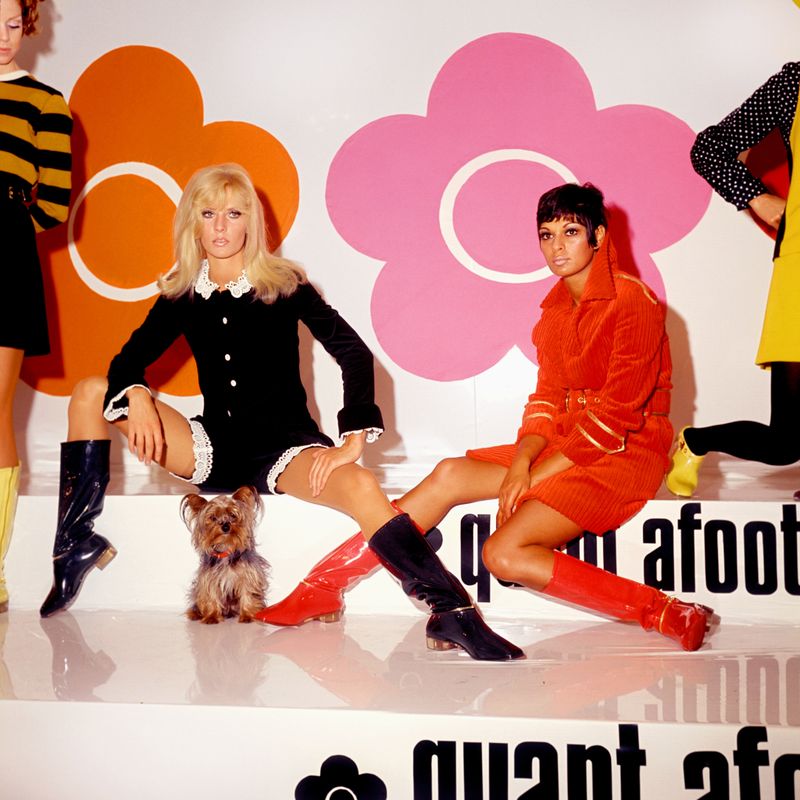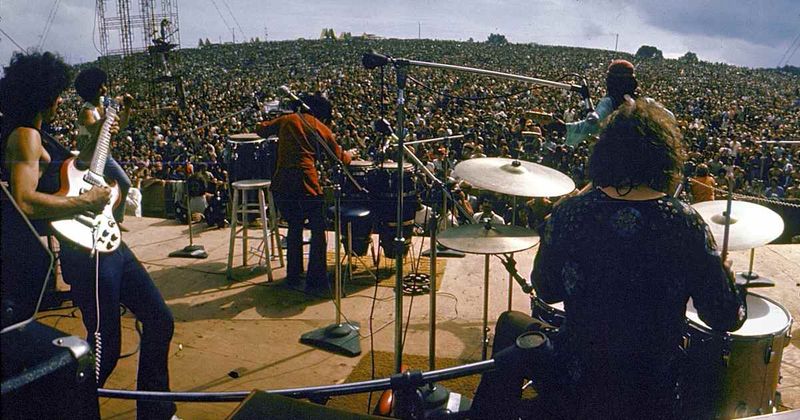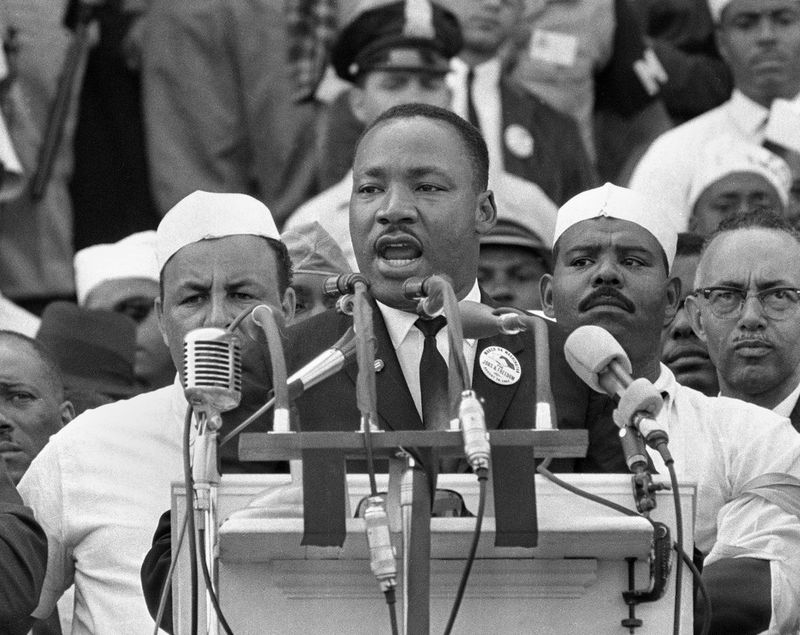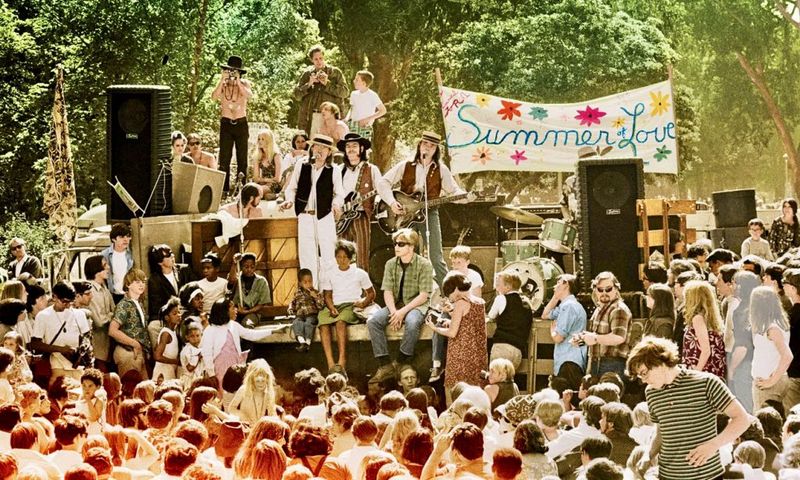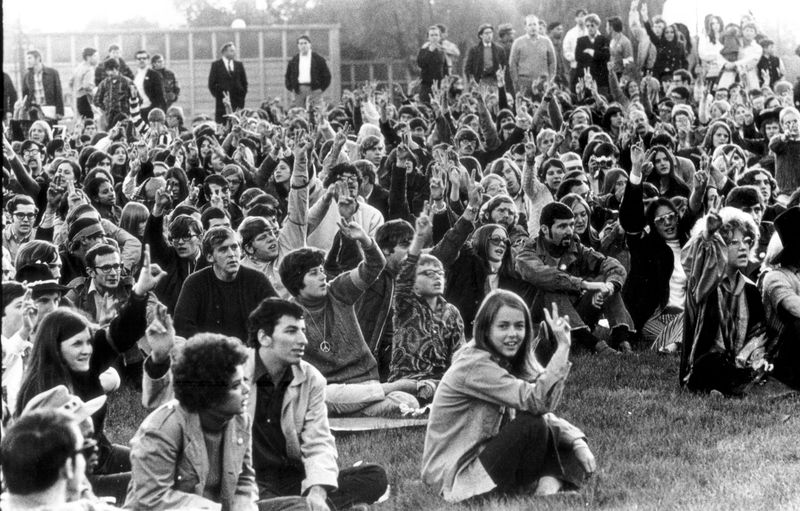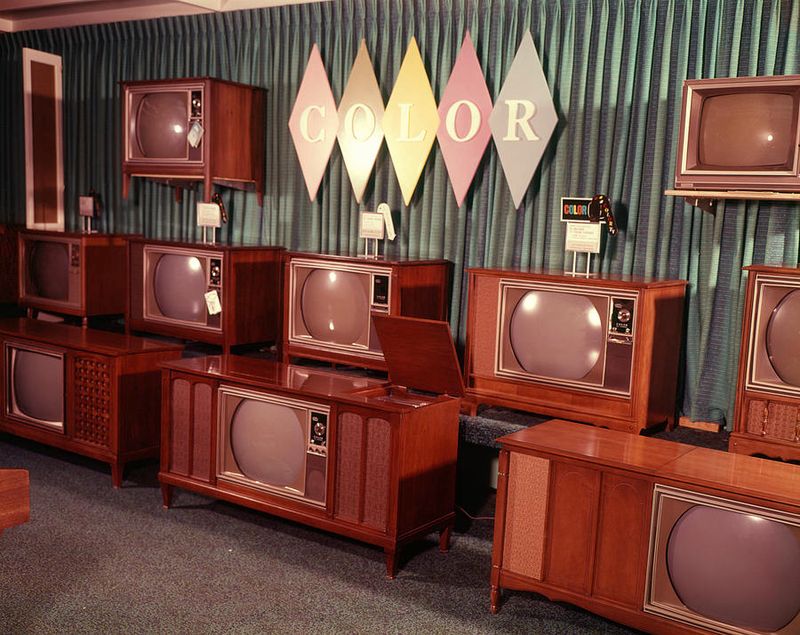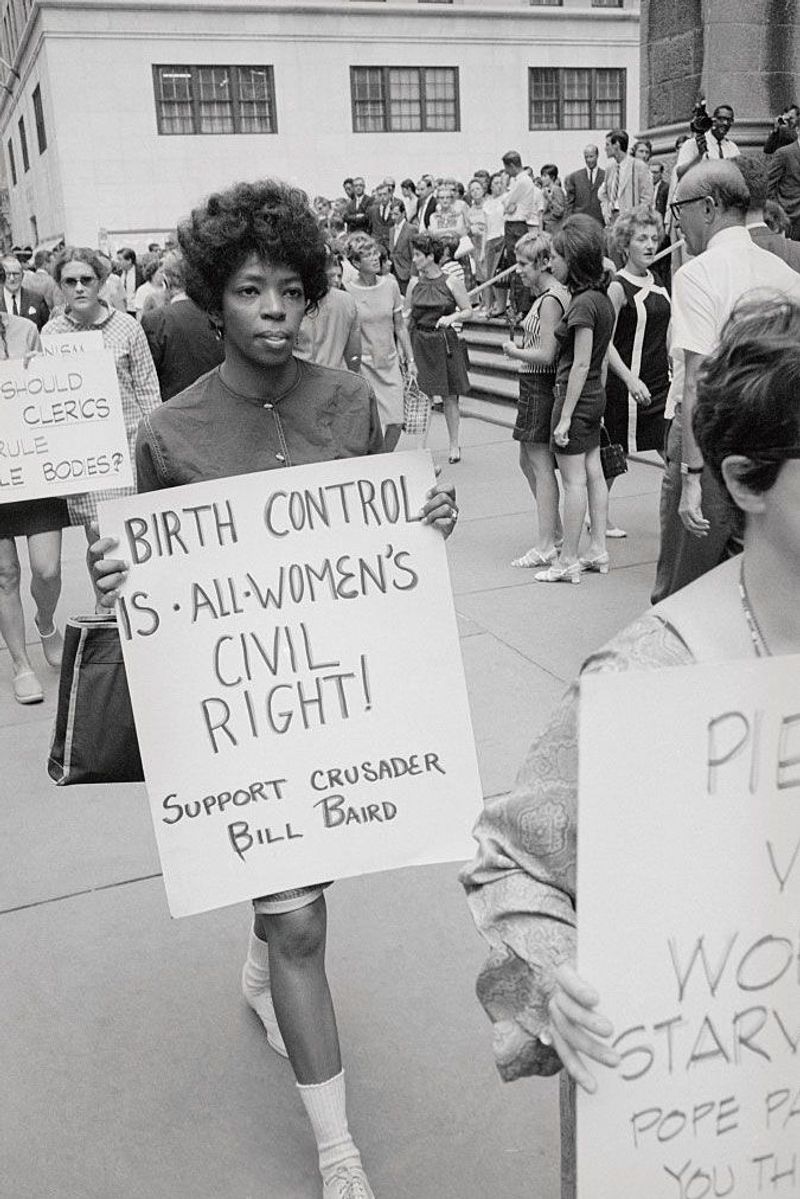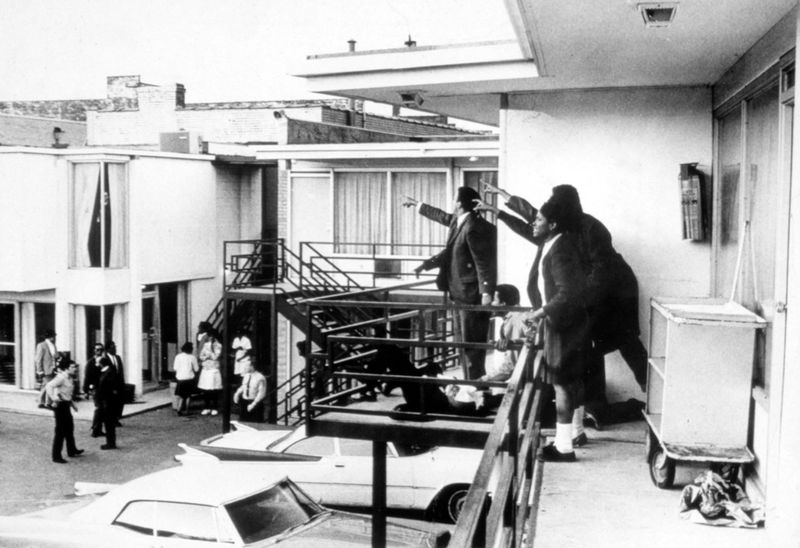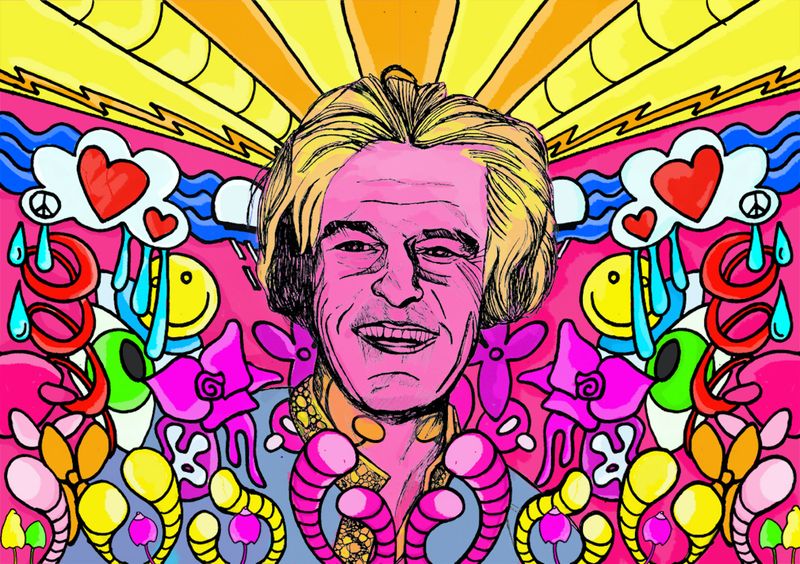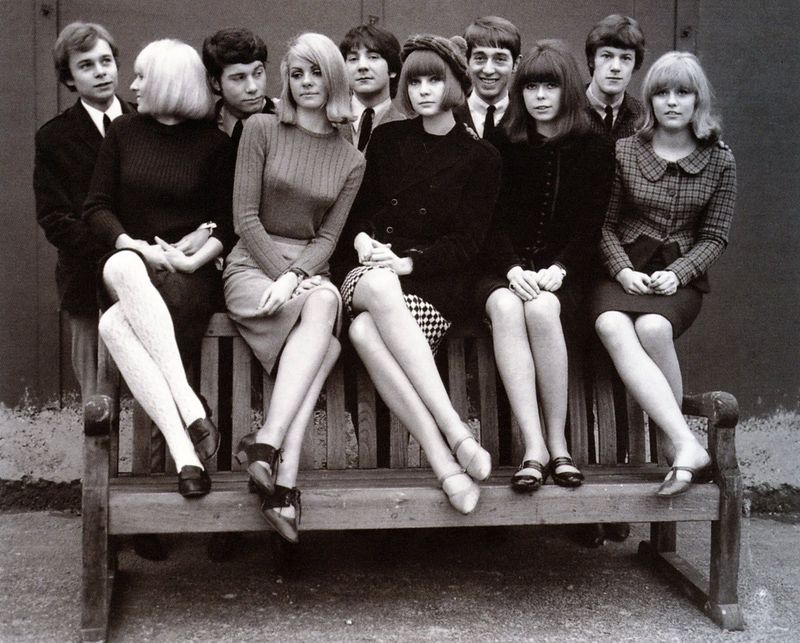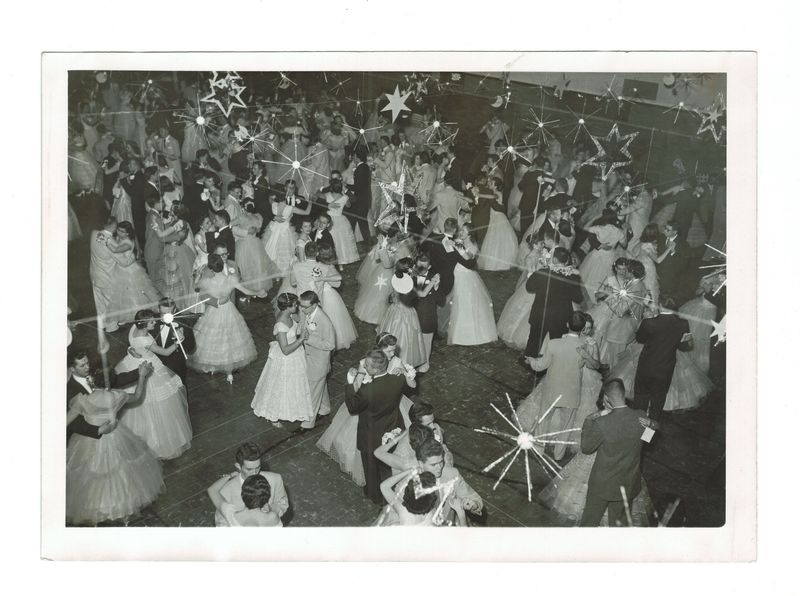The 1960s was a decade of transformative change, with cultural shifts, iconic events, and groundbreaking innovations that still resonate today.
From the thrill of the space race to the vibrant explosion of fashion and music, the 1960s was a time of rebellion, exploration, and expression.
In this blog post, we explore 16 fascinating aspects that defined this era, capturing the essence of a decade filled with contrasts and creativity.
1. The Space Race Heats Up
Imagine looking up at the night sky and knowing that humans are venturing into the vast unknown. In 1961, Yuri Gagarin became the first human to orbit Earth, setting the stage for a thrilling space race. By 1962, John Glenn had orbited the Earth, marking another significant milestone. Then, in 1969, the world watched in awe as Neil Armstrong took his monumental “giant leap for mankind,” walking on the moon during the Apollo 11 mission. These events not only showcased human ingenuity but also united people in a shared quest for exploration.
2. Fashion Breaks All the Rules
The 1960s saw a fashion revolution that broke away from traditional norms and embraced bold, new styles. Miniskirts, go-go boots, and mod fashion became symbols of a youthful rebellion. Designers like Mary Quant led the charge, introducing bold patterns and shorter hemlines that shocked older generations. Men, too, embraced change, with psychedelic prints and bell-bottoms adding flair to their wardrobes. This decade transformed clothing into a form of self-expression, reflecting the vibrant energy and rebellious spirit of the era.
3. Music Becomes a Movement
The 1960s was a decade where music transcended entertainment and became a powerful movement. In 1964, the British Invasion took the world by storm as The Beatles appeared on “The Ed Sullivan Show.” Woodstock in 1969 epitomized the spirit of peace, love, and counterculture. Iconic artists like Bob Dylan, Aretha Franklin, The Rolling Stones, and Jimi Hendrix redefined genres and inspired generations. Music became a unifying force, resonating with the desires for change and harmony across the globe.
4. Civil Rights and Social Change
In the 1960s, the fight for civil rights and social equality reached a crescendo. Martin Luther King Jr.’s powerful “I Have a Dream” speech in 1963 stirred a nation’s conscience. The Civil Rights Act of 1964 and the Voting Rights Act of 1965 were monumental achievements, dismantling racial segregation and discrimination. Movements like Black Power and Women’s Liberation gained momentum, challenging traditional power structures and advocating for justice and equality. This period was marked by courage, unity, and a relentless pursuit of human rights.
5. The Rise of Counterculture
The 1960s counterculture defied conventions, embracing peace, love, and freedom. San Francisco’s Haight-Ashbury district became the epicenter for hippies, who turned to psychedelic art, music, and alternative lifestyles. The mantra “Turn on, tune in, drop out” encapsulated a desire to break free from societal constraints. Protests, free love, and acid trips defined this rebellious spirit, creating a cultural revolution that challenged the status quo and celebrated individuality.
6. Education and Youth Rebellion
College campuses in the 1960s became hotbeds of activism and rebellion. Student movements, fueled by the civil rights struggle and the Vietnam War, demanded change. Organizations like Students for a Democratic Society (SDS) advocated for reform, while the Free Speech Movement at UC Berkeley in 1964 championed academic freedom. The youth’s passionate calls for social justice and political change reverberated across the nation, symbolizing a generational shift towards activism and empowerment.
7. Television Becomes the Living Room Stage
Television transformed from a novelty to a necessity in the 1960s, becoming a cultural mainstay in American living rooms. Color broadcasts brought vivid images of iconic shows like “The Twilight Zone,” “I Dream of Jeannie,” and “Star Trek” to life. The real-time coverage of President Kennedy’s assassination in 1963 marked a turning point, forever changing news broadcasting. Television became a powerful medium for entertainment, news, and shaping public opinion, reflecting and influencing the era’s zeitgeist.
8. The Pill and Changing Gender Norms
The approval of birth control pills in 1960 marked a seismic shift in gender dynamics and societal norms. Women gained newfound freedom and autonomy, igniting cultural debates about sexuality and reproductive rights. The women’s movement challenged traditional roles, advocating for equality and empowerment. Betty Friedan’s “The Feminine Mystique” sparked discussions on women’s rights, ultimately transforming expectations and opening doors for future generations. This era marked a pivotal moment in the pursuit of gender equality.
9. Cars, Drive-Ins, and Youth Freedom
Muscle cars like the Ford Mustang became symbols of freedom and rebellion in the 1960s. Teens found liberation behind the wheel, cruising to drive-in movies and diners. Car culture fueled songs, fashion, and a sense of independence. Drive-ins became popular hangouts, offering a unique blend of entertainment and social interaction. This automotive revolution not only defined teenage life but also became an enduring symbol of the era’s adventurous and carefree spirit.
10. A Decade of Assassinations and Upheaval
The 1960s was marked by heartbreaking assassinations that shook the nation. President John F. Kennedy’s assassination in 1963 stunned the world. The deaths of Malcolm X in 1965, and Martin Luther King Jr. and Robert F. Kennedy in 1968, left deep scars. These tragedies fueled unrest, reflection, and a yearning for change. The decade was a turbulent period, characterized by profound loss and a resilient determination to forge a better future.
11. Pop Psychology and Self-Discovery Boom
The 1960s witnessed a surge in interest in psychology and self-discovery. Figures like Freud and Jung captivated those seeking deeper understanding. Eastern philosophies gained traction, with seekers exploring new spiritual paths. Timothy Leary’s promotion of LSD as a tool for enlightenment sparked curiosity and controversy. This era’s fascination with the mind and personal growth became cultural touchstones, reflecting a broader quest for meaning and identity.
12. Art Gets Psychedelic and Political
Art in the 1960s pushed boundaries, becoming both psychedelic and political. Andy Warhol’s Pop Art captured consumer culture with iconic works featuring soup cans and celebrities. Artists blurred lines between commercialism and creativity, challenging traditional art norms. Protest art emerged as powerful symbols of resistance, echoing the era’s social and political upheavals. This artistic revolution mirrored the decade’s vibrant energy, capturing the essence of change and rebellion.
13. JFK’s New Frontier and the Great Society
President Kennedy’s New Frontier inspired Americans to engage in civic action with his famous “Ask not” speech. After his assassination, Lyndon B. Johnson carried forward the vision with the Great Society programs, focusing on Medicare, civil rights, and poverty reduction. The federal government’s expanded role in daily life aimed to create a more equitable society. These initiatives marked a transformative period in American politics, driven by a commitment to progress and social welfare.
14. Cold War Tensions & the Cuban Missile Crisis
The Cuban Missile Crisis of 1962 brought the world perilously close to nuclear war. The discovery of Soviet missiles in Cuba led to tense standoffs between superpowers. Fallout shelters and duck-and-cover drills became common, reflecting widespread fear. Spy culture permeated media, with James Bond and “The Man from U.N.C.L.E.” capturing imaginations. This era’s geopolitical tension underscored the fragility of peace and the urgent need for diplomacy.
15. Youth Culture Goes Global
The 1960s saw American youth culture influencing the world, thanks to TV, radio, and music exports. The youth aesthetic resonated globally, impacting London, Paris, and Tokyo. From slang to style, teens became trendsetters, uniting in a shared cultural experience. The synchronization of global culture marked a new era of connectivity, where young people from different backgrounds found common ground in their expressions and aspirations.
16. The Rise of the Teenager
The 1960s marked the rise of the teenager as a distinct social force with their own music, fashion, and spending power. High school culture flourished, with proms, letterman jackets, and dances becoming central to teenage life. Rebellion, identity, and freedom defined this coming-of-age experience, setting the stage for future generations. Teens not only shaped trends but also influenced broader societal changes, embodying the spirit of youth and innovation.
